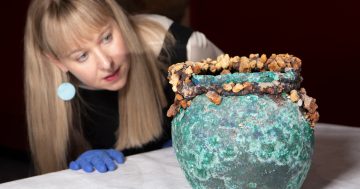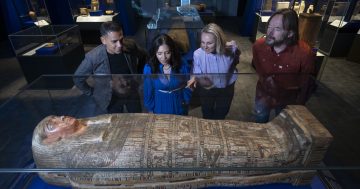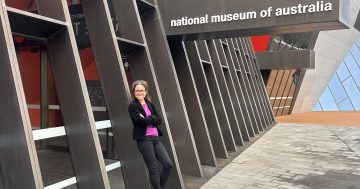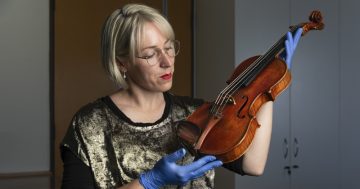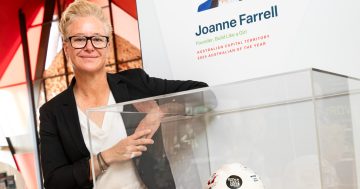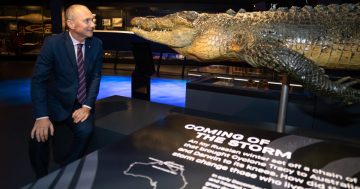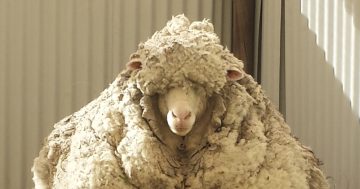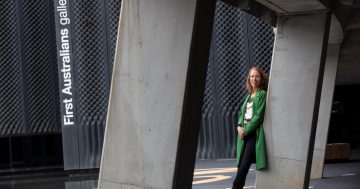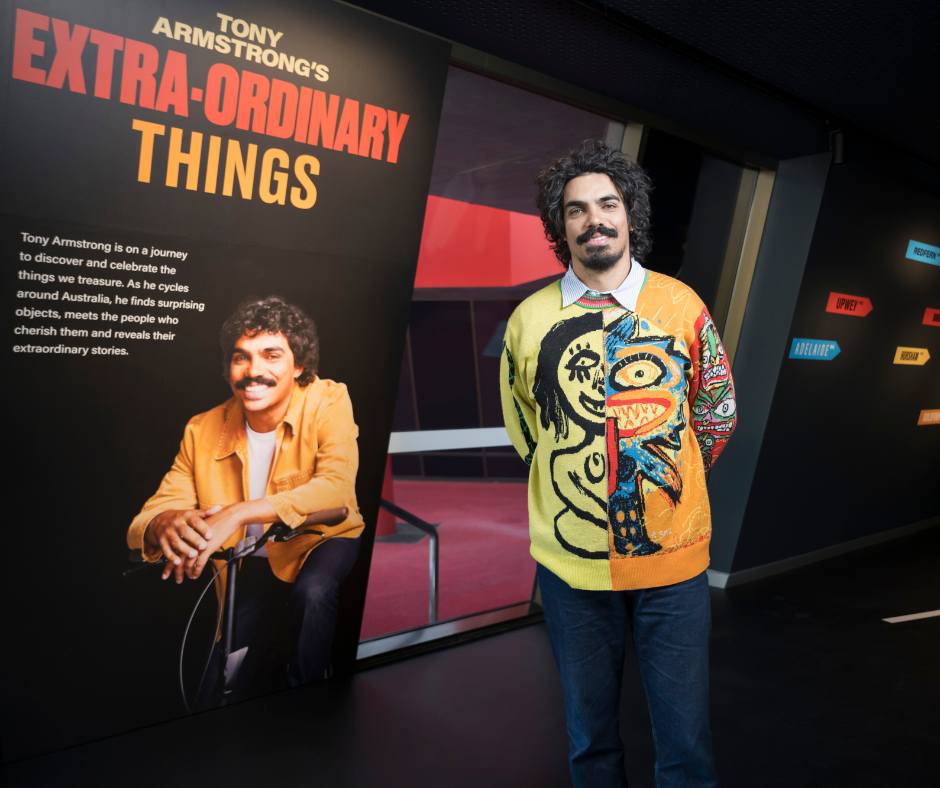
Tony Armstrong’s Extra-Ordinary Things runs until 13 October 2024. Photo: Supplied.
When her grandmother died in 1982, Tracey Corbin, 7, didn’t understand why she had to lose someone she loved so dearly. So, when Bob Hawke was elected PM the following year, she figured he had to be smart to land such a job, so she wrote him a letter asking why people had to die.
It might have taken Mr Hawke a while to reply, but he did, on 25 July 1985, in a typewritten yet heartfelt letter that is now on display at the National Museum of Australia’s (NMA) latest exhibition, Tony Armstrong’s Extra-Ordinary Things.
The exhibition, which opened this week at the NMA, is a collaboration between the Canberrra museum and Armstrong’s popular ABC TV series that shows how ordinary Australians tell extraordinary stories. The NMA will display a selection of objects discovered by Armstrong in his five-part series.
One of them is the letter from Bob Hawke in which he first apologises for taking two years to reply, then admits that hers is a tough question and, lastly, offers the girl a heartfelt response – showing the former larrikin PM’s softer side. “Perhaps when we grow very old our bodies wear out, or certain parts break down, like parts in an old car.
“None of us can be sure of how long we will live,” he wrote.
“Because this is so I think you should try not to think too much about dying but think about all the nice things around you that make life so precious to us all.”
The exhibition also features an item that, according to NMA director Katherine McMahon, perfectly complements one of the museum’s own prized pieces.
“A profound pairing is a pin presented in 1932 to rigger George Killen, who leapt from a gantry hanging below the Sydney Harbour Bridge to save his co-worker Vincent Kelly, who fell into the water during construction in 1930,” Ms McMahon said.
“The pin, loaned by his great-granddaughter Liz Killen, sits alongside the medal presented to Vincent Kelly, which is in the National Museum’s collection,” she said.
For Tony Armstrong, the collaborative exhibition has been “a thrill”.
“From start to finish, meeting amazing people and having them share their extraordinary things then to have it all culminate at the museum is wild,” he said.
“I’m so honoured to be involved, and I hope everyone who took part is as proud as I am.”
Acting Assistant Director of Discovery and Collections, Dr Sophie Jensen, said the exhibition brought together 25 personal experiences and revealed how seemingly ordinary things could have extraordinary stories.
“Tony has travelled around Australia and found that even the simplest of things can tell a powerful personal story, connect a community and illuminate our history,” Dr Jensen said.
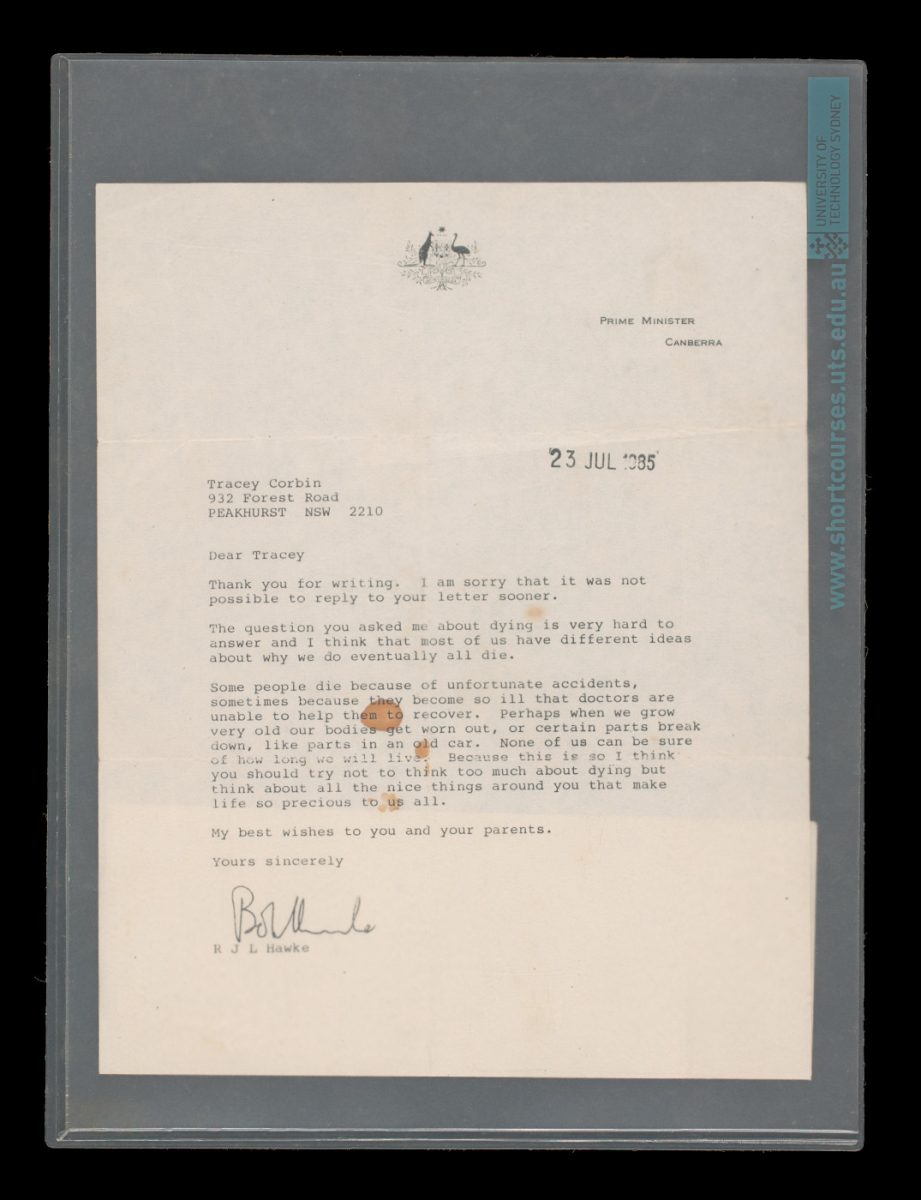
The 1985 letter to Tracey Corbin from Prime Minister Bob Hawke – his response to her question, why do people die? Photo: NMA.
Other “extraordinary” pieces in the exhibition include the 2023 Arthur Tunstall Trophy, awarded to Marissa Williamson Pohlman, the first woman to be named best boxer at the Australian Elite Boxing Championships.
Marissa, 22, is a three-time Australian champion in her weight division and recently became the first Indigenous Australian woman to qualify for the boxing Australian Olympic boxing team. She will compete in Paris in a few weeks.
One of the more poignant pieces is a novelty cheque presented to professional longboarder Lucy Small when she won the Curly MalJam Pro in 2021. Her prize was $1500, while the winner of the men’s division received $4000.
Lucy described it as a ” bittersweet victory, knowing that our surfing is worth less than half of the men’s prize money”.
She went on to launch the Equal Pay for Equal Play campaign, which resulted in a bill being passed by the NSW Parliament ensuring government-funded sporting bodies offer equal prize money to men and women.
Tony Armstrong’s Extra-Ordinary Things is on at the National Museum of Australia’s lower gallery in Canberra until 13 October 2024. Admission is free.












